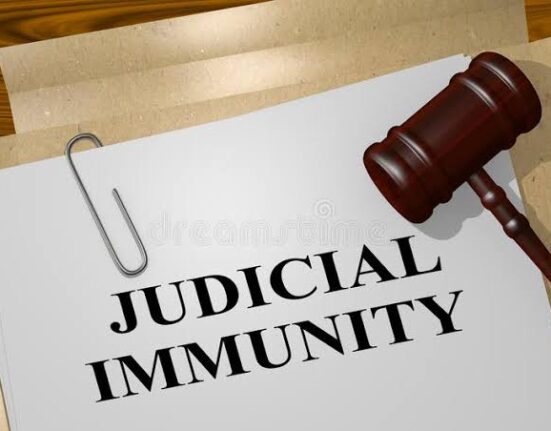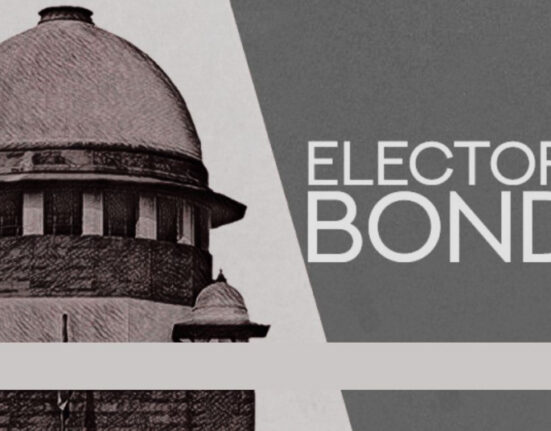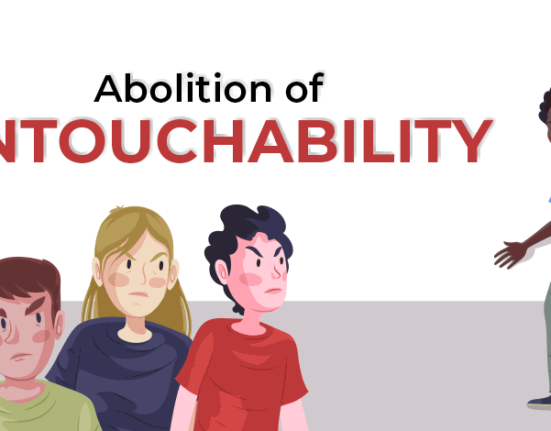This article, “Can Fundamental Rights be Amended? ” is written by Shivani Louhan, a third-year student at BDS School of Law
Introduction
Fundamental Rights are the rights which form a vital role in the citizen’s rights but what happens if the government gets the right to amend them too according to their convenience? To find the answer to this question a lot of tussle between the Government and the Judiciary came into existence with time. Where the government wanted the right to amend fundamental rights under their control, the judiciary did not want that in order to stop the government from becoming a dictator. This tussle came into existence with the very landmark case so let’s discuss them one by one.
State of Madras v. Srimati Champakam Doraerajan[1]
The seven-judge bench of Justice Hiralal J. Kania, Saiyid Fazal Ali, Mehr Chand Mahajan, and Vivian Bose, B.K. Mukherjee, Sudhi Ranjan Das and M. Patanjali Shastri held that the communal government order constituted violence against the fundamental rights guaranteed to the citizens of India by Article 29 (2) of the Constitution, namely, “that no citizen shall be denied admission to any educational institution maintained by the state or receiving aid out of the state funds on ground only of religion, race, caste, language or any of them was therefore under article 13.” This is the case which leads to the first constitutional amendment.
Shankari Prasad v. Union of India[2]
The first constitutional amendment was challenged in this case on the grounds that it curtailed the fundamental rights of the citizens. The bench of Hon’ble Chief Justice J. Hiralal Kania, Hon’ble M. Patanjali Sastri, Hon’ble B.K. Mukherjee, Hon’ble Sudhi Ranjan Das, Hon’ble N. Chandrasekhara Aiyar held that the Constitution (First Amendment) Act, 1951, which has inserted, inter alia, 31A and 31B in the Constitution of India is not ultra vires or unconstitutional. It was the first time said in this case that Yes, parliament can amend the Fundamental Rights.
Sajjan Singh v. State of Rajasthan [3]
In this case court hon’ble Supreme Court upheld the decision of Shankari Prasad and held that yes, parliament can amend the fundamental rights, it was even stated that if the Constitution makers intended to exclude the fundamental Rights from the scope of amending power they would have made a clear provision in that behalf.
I.C Golakhnath & ors v. State of Punjab[4]
This case considered as a landmark case in the history of constitution as Subba Rao, C.J., Shah, Sikri, Shelat and Vaidialingam, JJ. (Hidayatullah, J. Concurring) held that Fundamental Rights cannot be abridged or taken away by the amending procedure in Art. 368 of the Constitution. An amendment to the Constitution is ‘law’ within the meaning of Art. 13(3) and is therefore subject to Part III of the Constitution. This is the case resulting in the 24th Constitutional Amendment.
24th Constitutional Amendment Act,1971
After the case of I.C Golakhnath the amending power of Fundamental Rights was taken away from the parliament which led to the passing of the 24th Constitutional Amendment due to which Art. 13(4) was added to part III of the Indian Constitution and Art. 13 got amended which says that “law does not include bills and Constitutional Amendments”. When Art.13 (4) was added it was also mentioned that nothing in this article shall apply to amendments made under Art.368 of the Indian Constitution. This means that now parliament can amend the Fundamental Rights.
[5]Kesavananda Bharti v. State of Kerala
The thirteen-judge bench consisted of Chief Justice S. M. Sikri, Justice J.M.Shelat, Justice K.S. Hegde, Justice A.N.Grover, Justices A.N. Ray, Justice P. Jaganmohan Reddy, Justice D.G. Palekar, Justice H.R. Khanna, Justice K.K. Mathew, Justice M.H. Beg, Justice S.N. Dwivedi, Justice A.K. Mukherjee and Justice Y.V. Chandrachud with the judgement of 7:6 held that yes. Parliament can amend the fundamental rights given under part III of the constitution but can not amend the basic structure of the constitution. This case gave birth to the basic structure principle although it does not define ‘basic structure’. So this case makes it clear that parliament has the power to amend but still cannot amend the basic structure of the constitution.
The judges identified several elements as part of the basic structure of the Indian Constitution, including:
- Supremacy of the Constitution
- Republican and democratic form of government
- Secular Character of the Constitution
- Federal character of the Constitution
- Separation of powers
- Unity and Sovereignty of India
- Freedom of the individual
- Judicial review
Indira Nehru Gandhi v. Raj Narain & Anr.[6]
The Constitutional bench A.N. Ray (CJ), H. R. Khanna, K. K. Mathew, M. H. Beg, Y. V. Chandrachud confirmed the Kesavanada Bharati case. This is the case in which the 1st basic structure principle case is affirmed.
42nd Amendment Act,1976
This is the constitutional amendment in which Article 368 is amended and parliament get absolute power to amend the constitution and it was further in this Amendment Act of 1976 which snatched the power of judicial review from the Judiciary when it came to Constitutional Amendments.
Minerva Mills Ltd. & Ors v. Union of India [7]
The constitutional bench consisting of Chandrachud Y.V. (CJ), Bhagwati P.N., Gupta A.C. Untwalia, N.L. Kailasam, P.S. The newly introduced clause S of Article 368 transgresses the limitations on the amending power of Parliament and is hence unconstitutional. It demolishes the very pillars on which the preamble rests by empowering the Parliament to exercise its constituent power without any “limitation whatever”. No constituent power can conceivably go higher than the sky-high power conferred by clause (5), for it even empowers the Parliament to “repeal the provisions of this Constitution”, that is to say, to abrogate democracy. This is the case in which the court upheld the basic structure principle which is mentioned in the Kesavananda Bharati case and declared the 42nd Amendment Act a phrase in which judicial review power was taken away from the court void.
Conclusion
Hence we can conclude with the above-mentioned cases that the tussle between parliament and the judiciary for power is not new it has been going on for a very long period in all even though the parliament have the power to amend the Constitution the good thing is that it cannot amend the basic structure of the constitution which is a backbone of our Indian Constitution.
References
- https://indiankanoon.org/doc/149321/
- https://indiankanoon.org/doc/1706770/
- https://indiankanoon.org/doc/1308308/
- https://indiankanoon.org/doc/120358/
- https://indiankanoon.org/doc/257876/
- https://lawbhoomi.com/indira-gandhi-vs-raj-narain/
- https://indiankanoon.org/doc/1939993/
[1] AIR 1951 SC 226
[2] AIR 1951 SC 458
[3] AIR 1965 SC
[4] AIR 1967 SC 1643
[5] AIR 1973 SC 1461
[6] AIR 1975 SC 2299
[7] AIR 1980 SC 1789







Leave feedback about this